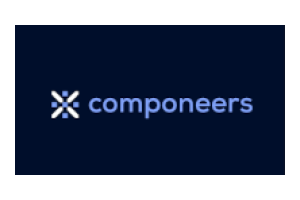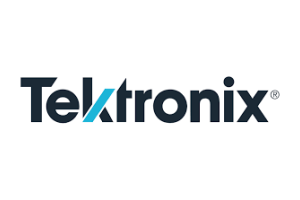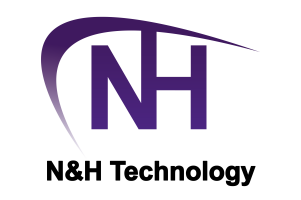Renesas Electronics
»The automotive business is developing splendidly«
Renesas Electronics' IIoT business unit (BU) can boast enormous growth rates, but the automotive BU cannot. But Takeshi Kataoka, Senior Vice President & Co-General Manager of Automotive Solution Business Unit at Renesas Electronics, is still quite satisfied with the development.
Markt & Technik: If you look at Renesas' figures from 2021 and 2022, it is striking that the revenue Renesas generates in the automotive segment is growing much more slowly than the share of revenue that comes from the IIoT area. What is the reason for this?
Takeshi Kataoka: It is because Renesas has acquired many companies in recent years, including Dialog, IDT, and Intersil, and these acquisitions have so far mainly benefited our IIoT BU.
So, you are quite satisfied with the development of business in the automotive segment?
Definitely at the moment. Of course, there are always risks, but demand in the automotive segment is still very high. The problem in this market is more on the supply side, i.e., the recent supply bottlenecks. That's why we are currently focusing on both expanding our own production capacity and negotiating higher capacity allocations with our outsourcing partners. This mainly concerns TSMC in the front-end area, but we are also negotiating corresponding agreements with our OSAT partners (editor's note: OSAT: Outsource Semiconductor Assembly and Test). But Renesas has also decided to make a major investment in power semiconductors: We invested almost 90 billion Japanese yen in the previously closed Kofu fab to start it up again, and the 300 mm fab is scheduled to be up and running again in 2024.
And this Fab is used exclusively for power semiconductors and for the automotive market?
Yes, about 95 percent of the capacity is for automotive. Electromobility is becoming more and more prevalent and is generating demand. This is not changed by the fact that Infineon and other competitors are also making huge investments in capacity expansion, and demand will continue to rise.
In addition, OEMs are always considering a second semiconductor supplier. This is because they do not want to rely on just one source of supply.
That's usually not so easy, for example, to switch from one microcontroller to another ...
Yes, that's true, but that typically applies more to traditional OEMs. Emerging OEMs like BYD, but also Tesla, are faster here. For example, we were very surprised ourselves when one of our OEM customers decided to switch vendors, but the company implemented this move in just three months.
Can Renesas not use the acquisitions it has made in the automotive segment at all?
Yes, we can. Up to now, we have been very strongly represented in the automotive market with digital products, MCUs and SoCs. But now we also have design opportunities in the analog/power area thanks to the acquisitions of Intersil, IDT, Dialog and Celeno. Currently, Renesas gets between 55 and 60 percent of its automotive revenue from MCUs, our SoCs account for 15 percent, and analog and power products account for the remaining 25 percent. But our goal is to increase the share of analog and power to 50 percent. And so far, it looks good that we are achieving this goal, because we have been able to expand our design wins in analog and power, which means that we will soon also be able to increase our revenue share with analog/power.
A Japanese foundry is to be set up in Japan with Rapidus, which will manufacture with structure sizes of 2 nm, is Renesas involved in this?
No, our basic strategy is called »Fab Lite«. We always consider dual or multiple sourcing; with a single source there is always a potential risk, which can have an impact on both price and delivery capability.
It is said that OEMs are now really interested in a partnership relationship with their Tier 2 suppliers due to the difficult supply situation of the last two years, have you had similar experiences?
Yes, that's true. The opinion of the OEMs has changed, this is especially true for the European OEMs, but also in the USA. More OEMs now communicate directly with Tier 2 companies. It's clear today that for a secure supply chain, collaboration between all three parties - OEMs, Tier-1 and Tier-2 - is very important.
Our cooperation with Vinfast is an example that shows that we also work directly with OEMs, and we welcome the cooperation quite explicitly. However, European and U.S. OEMs don’t require the same level of support, because they typically have in-house capabilities to produce their own software platforms, at least to a certain extent. But in Vinfast's case, we need to proactively propose a turnkey solution. That means Vinfast needs more support than is the case with the established OEMs.
But also with European OEMs, we will share our product and technology roadmaps in the future as well as the associated timelines. Because then the companies can better align with our future products, but that's a slightly different collaboration.
- »The automotive business is developing splendidly«
- Winning Combinations







